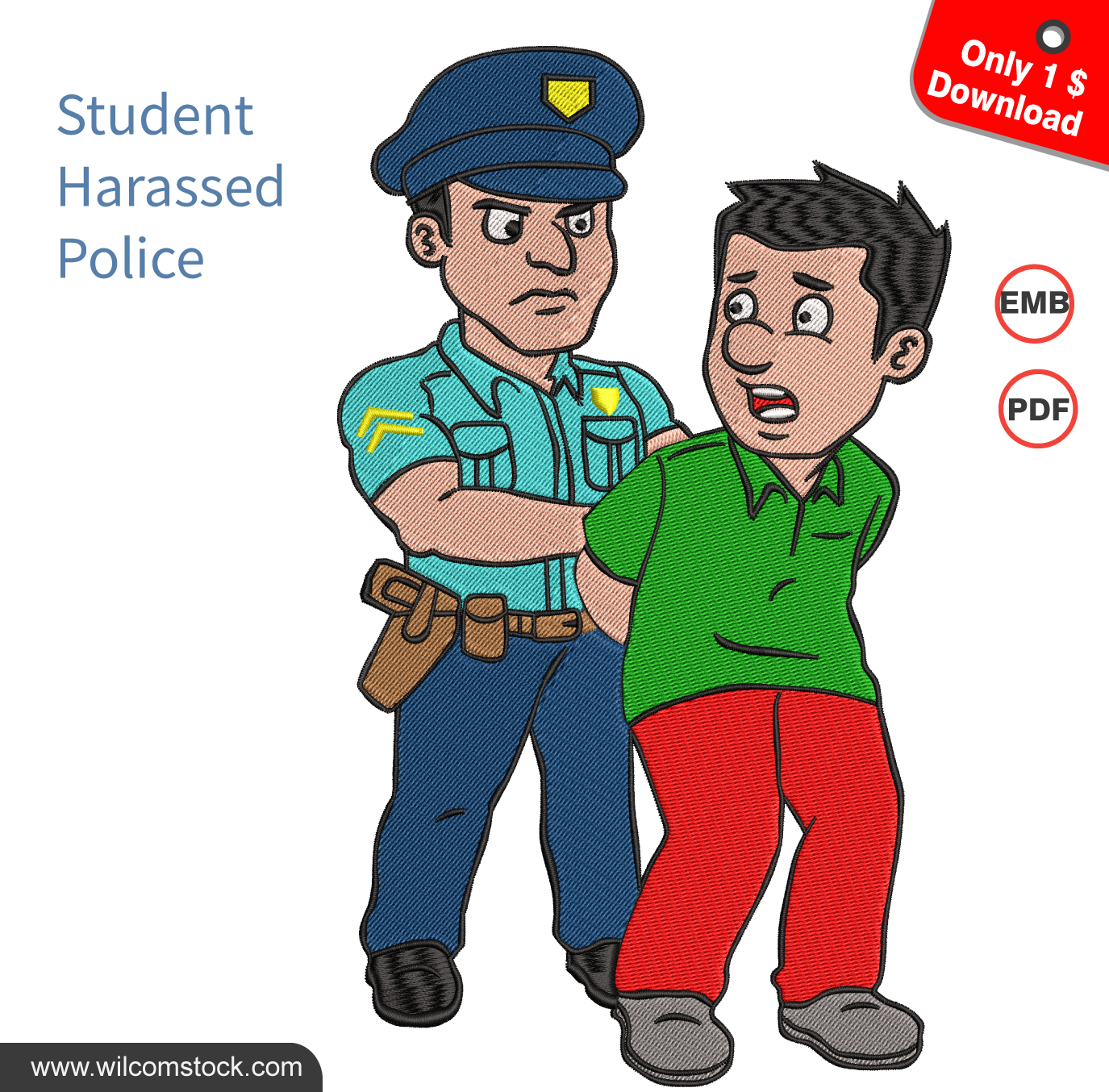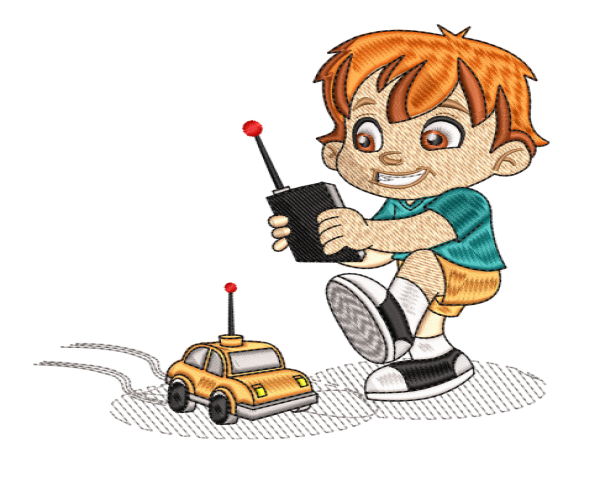Student Harassed Police


The issue of student harassment involving law enforcement is a serious topic that has garnered significant attention in recent years. It extends beyond individual incidents and highlights crucial concerns regarding student safety, police conduct, and community trust.
In this article, we will explore various aspects of this sensitive issue, including definitions, statistics, impacts on students, and ways to address the problem effectively.
Defining Student Harassment
Student harassment by police can occur in various forms, often perceived differently by the students involved. The types include:
- Unwarranted questioning or stop-and-frisk practices
- Excessive force during interactions
- Discriminatory treatments based on race or background
- Intimidation tactics used during school events
Statistics on Student Harassment by Police
Understanding the scope of the problem is essential for tackling it effectively. Below is a table highlighting recent statistics regarding student harassment by police in various educational settings:
| Year | Incidents Reported | Location |
|---|---|---|
| 2020 | 1,200 | High Schools |
| 2021 | 1,500 | Colleges |
| 2022 | 1,800 | Universities |
Factors Contributing to Student Harassment
Several factors contribute to the harassment of students by law enforcement agencies:
- Heightened security measures in schools
- Lack of proper training for police when interacting with youth
- Societal biases and stereotypes affecting police behavior
- A disconnect between law enforcement and community members
Impacts on Students
The impact of harassment on students can be devastating and long-lasting. Some of the consequences include:
| Impact | Description |
|---|---|
| Emotional Distress | Students may experience anxiety, fear, and depression. |
| Academic Performance | Harassment can lead to lower grades and decreased attendance. |
| Trust Issues | Students may develop distrust towards law enforcement and authority figures. |
Addressing the Problem
Several strategies can help address and mitigate the issue of student harassment by police:
- Implementing police training programs focused on youth engagement
- Establishing clear policies regarding police interactions in schools
- Creating open lines of communication between students and law enforcement
- Encouraging student advocacy groups to raise awareness
Community Involvement
Community involvement is essential for effective change. Collaboration between schools, parents, students, and law enforcement can lead to innovative solutions.
| Community Action | Benefit |
|---|---|
| Regular Community Meetings | Fosters trust and understanding among all parties. |
| Workshops for Students | Educates them about their rights and how to interact with police. |
| Student-Led Initiatives | Empowers students to voice their concerns and propose solutions. |
Legal Framework and Protections
Familiarity with the legal framework surrounding student rights and police conduct is essential:
- The 4th Amendment: Protects against unreasonable searches and seizures.
- The 14th Amendment: Guarantees equal protection under the law.
- Federal laws: Such as Title IX, provide protections against harassment in educational settings.
The Role of Technology
Technology can play a crucial role in ensuring student safety and promoting transparency:
| Technology | Purpose |
|---|---|
| Body Cameras | Enhances accountability for police actions during interactions. |
| Mobile Apps | Allows students to report incidents discreetly and safely. |
| Social Media | Platform for raising awareness and sharing experiences. |
Resources for Students
Students facing harassment have various resources available to them:
- Local advocacy groups that specialize in students' rights
- Legal aid organizations offering free or low-cost services
- School counselors trained to handle harassment reports
Conclusion
Addressing the issue of student harassment by police is a complex challenge that requires the combined efforts of various stakeholders, including law enforcement, educational institutions, students, and the broader community. Through education, advocacy, and collaboration, we can create a safer and more supportive environment for all students.
Numerous organizations and community groups are dedicated to tackling these issues, and students are encouraged to get involved and advocate for their rights.
-
Resolution H/W Height: 8.50 in Width: 5.01 in
-
Published August 04, 2024
-
Views 211
-
Downloads 0
Share
Please login to post a comment.

Give Thanks!
Give thanks to @wilcomstock for sharing this photo, the easiest way, sharing on social network











